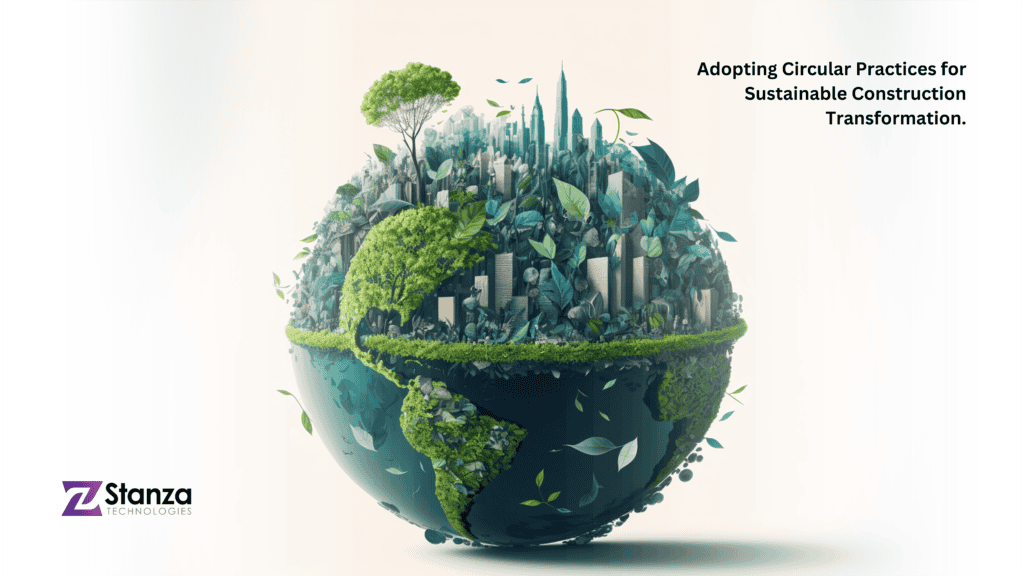People often count only their usage of food, flights, and home heating or fuel run by their automobiles when compiling their environmental footprint. However, a major contributor to carbon emissions and waste creation is often forgotten: energy-related building construction (which contributes to 11 percent of global greenhouse gas emissions) due to building construction.
Sustainable construction practices, particularly the reuse and recycling of building materials, can play a pivotal role in significantly reducing the environmental impact of the construction industry. According to a report titled “Closing the Circle” released by construction firm Mace Group, reusing and recycling materials such as steel, glass, stone, and timber could cut the carbon emissions from construction by more than half.
This report notes that developers, lessees, and planning authorities are committed to sustainability in London, which may make the city a hub of building circularity. This reflects an expansion of the push by the authorities to minimize waste, especially since April 2023 when the laws were implemented requiring Commercial landlords to meet specific energy efficiency standards for property rentals.
Mace estimates that ten years before 2021, the City of London accumulated around 1.54 million metric tonnes of construction and demolition waste or roughly 2.7 tonnes per employer. It is estimated that almost 60% of the material in the city’s construction supply chain, or 900,000 tonnes, could be kept during the next ten years if sustainable options are adopted. Extending this to the whole of London would thus save 13.8 million tonnes of carbon dioxide emissions and prevent a further 11.9 million tonnes of carbon dioxide emissions. Visualizing the impact, one tonne of carbon dioxide would fill a sphere measuring 9.8 meters in diameter.
The report doesn’t solely focus on London; it examines seven cities globally, including New York, Paris, Madrid, Amsterdam, Berlin, and Rome. The findings indicate that York, Paris, Madrid, Amsterdam, Berlin, and Rome. The findings indicate that a collective 77 million tonnes of waste could be kept within the supply loop over the next decade if construction firms across these cities actively reused materials. The estimated value of these materials stands at £10.6 billion (S$17.6 billion). New York leads in potential, with 30.6 million tonnes that could be retained in construction, valued at £2.8 billion (S$4.6 billion).
Furthermore, by adopting cutting-edge digital tools, sustainability in construction can be further improved.
Cutting-edge digital tools allow construction firms to streamline processes, optimize resource utilization, and enhance overall efficiency. Building Information Modeling (BIM), for instance, allows for detailed planning and visualization, minimizing material wastage and optimizing construction timelines. Drones and remote sensing technologies aid in site assessments, enabling better decision-making and resource management. Advanced analytics can be employed to monitor energy consumption and identify areas for improvement, contributing to the overarching goal of sustainability.
The report emphasizes the urgent need for a shift towards circular construction practices to mitigate the environmental impact of building projects. The potential for significant waste reduction and carbon emission savings underscores the importance of sustainability in the construction industry. By combining these efforts with the adoption of cutting-edge digital tools, the construction sector can pave the way for a greener, more sustainable future.










